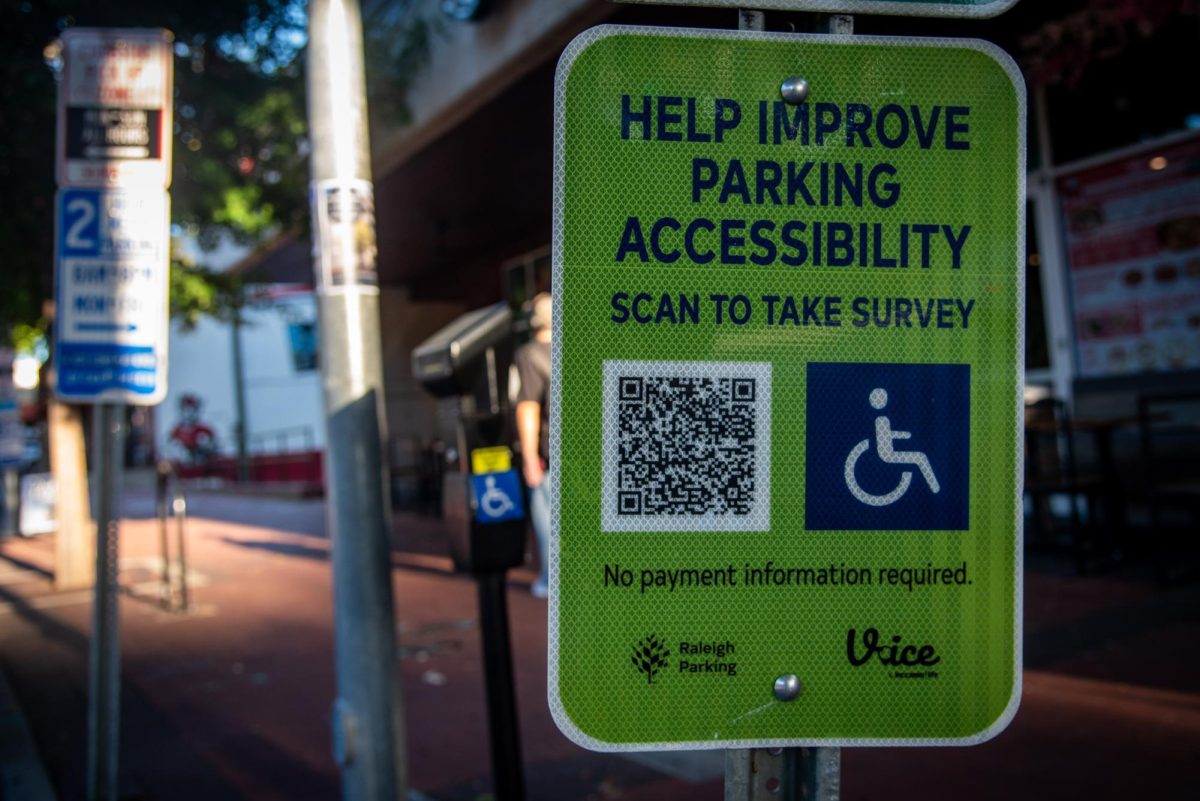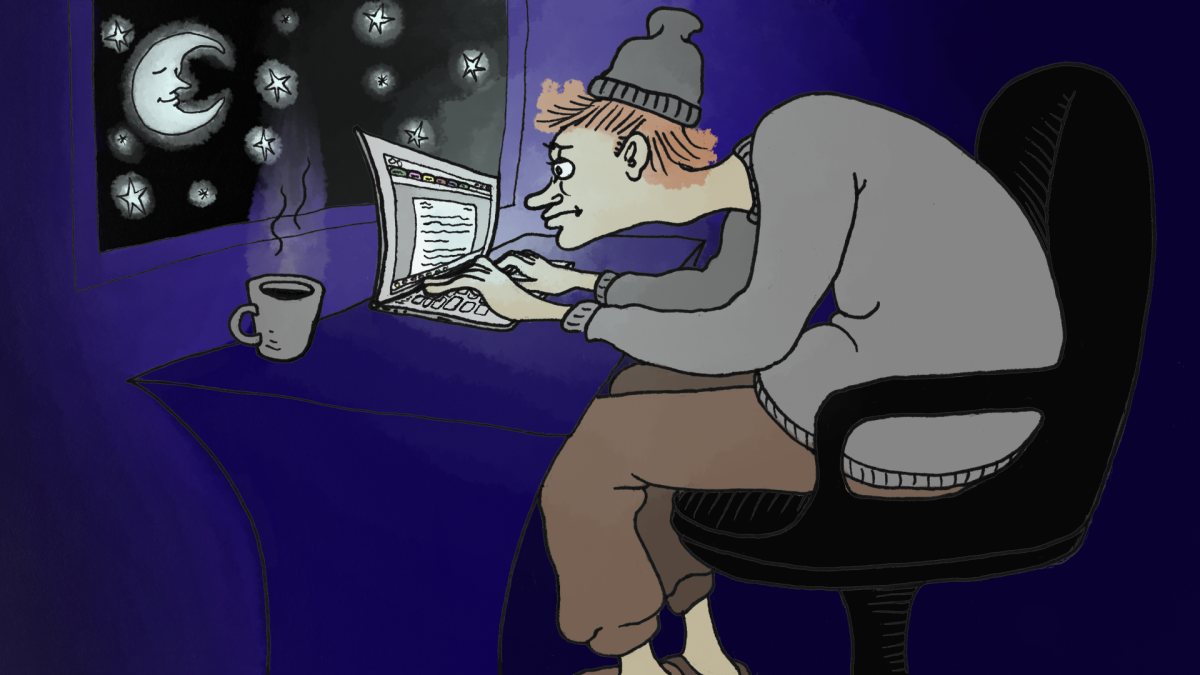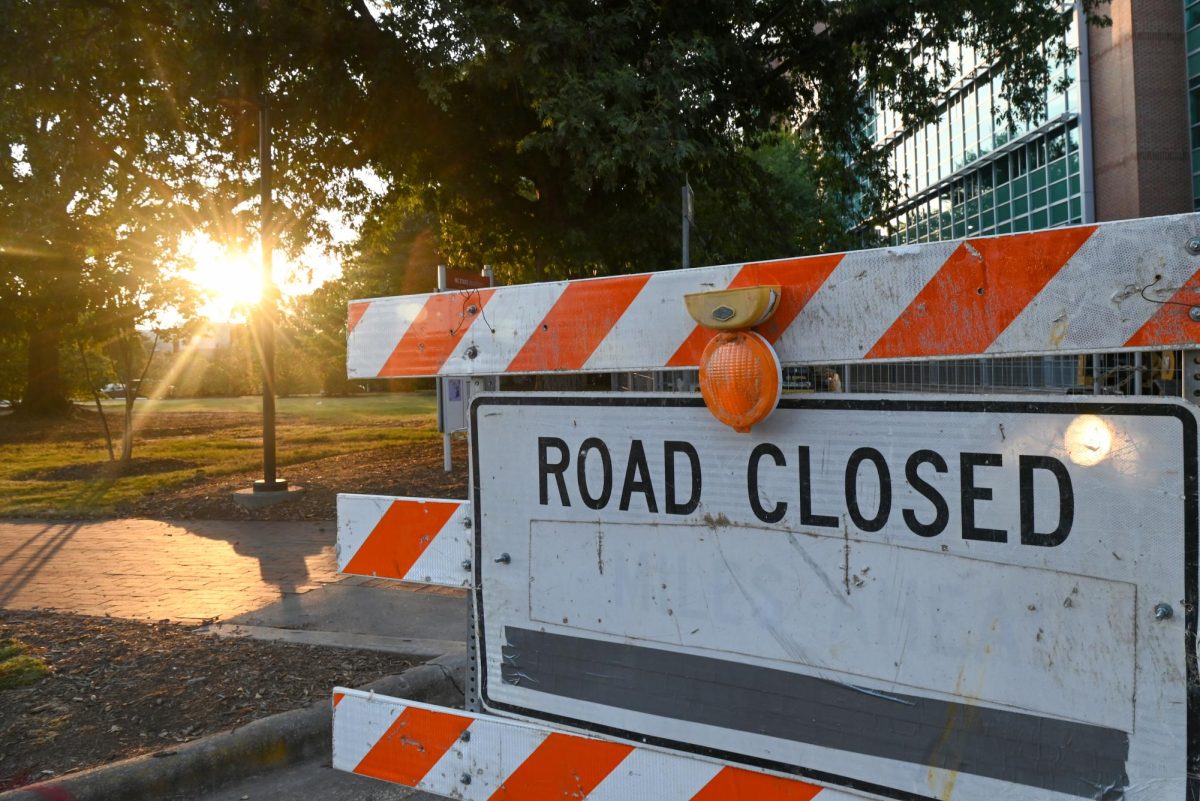NC State graduates default on their student loans at a higher rate than graduates of peer institutions such as UNC-Chapel Hill and Duke, according to data released by the United States Department of Education.
When a student defaults on his or her loan, it means he or she did not made a payment on the loan for as many as 270 consecutive days, according to Krista Domnick, director of the NC State Office of Scholarships and Financial Aid.
For the NC State class of 2009, 3.2 percent of students defaulted on their student loans. For the class of 2011, the percentage grew to 4.1 percent of students.
At UNC-CH, 2.3 percent of graduates of the class of 2011 defaulted on their loan, and 1.1 percent of Duke’s class of 2011 defaulted on loans.
A representative from the College Foundation of North Carolina said a student can also default a loan if he or she fails to meet other agreed upon terms of the loan.
Defaulting on a student loan can yield many undesirable consequences for the student.
Students who default on their loans can expect a number of consequences, including financial penalties, harmful impacts on their credit scores or garnishments of tax refunds and wages, Domnick said.
In addition, the lender may also take legal action against the student, seize any North Carolina lottery winnings the student may obtain or withhold the student’s federal and state income tax refunds.
The current undergraduate population at NC State is about 24,000 students, and approximately 50 percent of NC State undergraduate students borrow student loans through the federal student aid program, according to Domnick.
These federal loans are issued through the U.S. Department of Education, according to the CFNC.
Domnick said the percentage of students who apply for loans has remained flat over time. However, the amount of money students borrow has increased due to an increase in the cost of attendance.
Although the numbers show that NC State graduates default on their loans at a higher rate than graduates peer institutions, Domnick said these numbers fare well when compared with the state and national percentages.
Domnick said the default rate for all UNC System schools is 12.4 percent, while the default rate for all public four-year institutions within the U.S. is 8.9 percent.
At 4.1 percent, NC State graduates’ default rate is well below these percentages, Dominick said.
“I don’t think that NC State students default on these loans at a higher rate than others,” Domnick said.
These rates are calculated through the use of a measure called the cohort default rate, which is a percentage of students who default on their student loans within three years of entering repayment.
As for the effects these default rates will have on students, Domnick said it should be minimal.
“I don’t think these default rates have any impact on students’ decisions to borrow money because most students don’t predict that they will have difficulty repaying their loans at the time they borrow them,” Domnick said.
Domnick stressed that properly managing student loans is pertinent for those who borrow money.
“Student loans that are managed properly can be an important mechanism for students to attend college, but it is important that students plan properly and only borrow what they need,” Domnick said.
However, just because these default rates don’t have much of an impact on current students doesn’t mean they aren’t important.
Avoiding default is important for a person’s financial future, and if one sees it is becoming difficult to make payments on a loan, he or she should immediately contact his or her lender, a CFNC representative said.
Default rates can help determine the cost of federal student loan programs because the federal government cannot fully recover losses when a borrower defaults on a federal student loan, according to the U.S. Department of Education.
In addition to being dangerous for the borrower, defaulting on federal student loans is costly for the government because collect on a defaulted loan can often take many years.
Students borrowed about $100 billion through federal loan programs in the 2014 fiscal year, according to the U.S. Department of Education.




